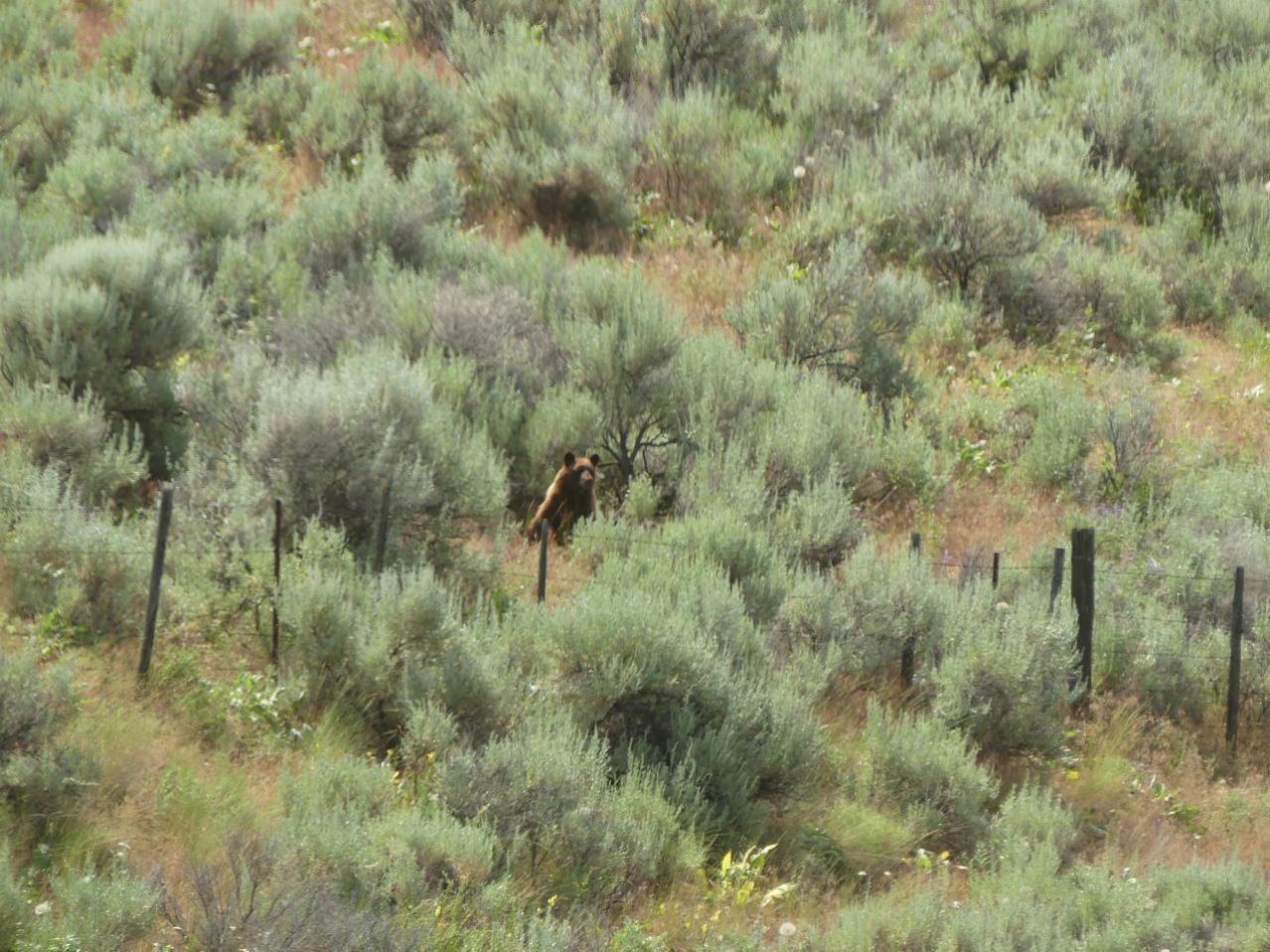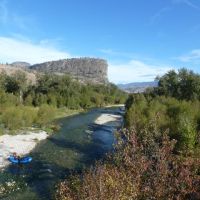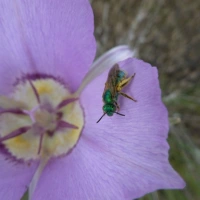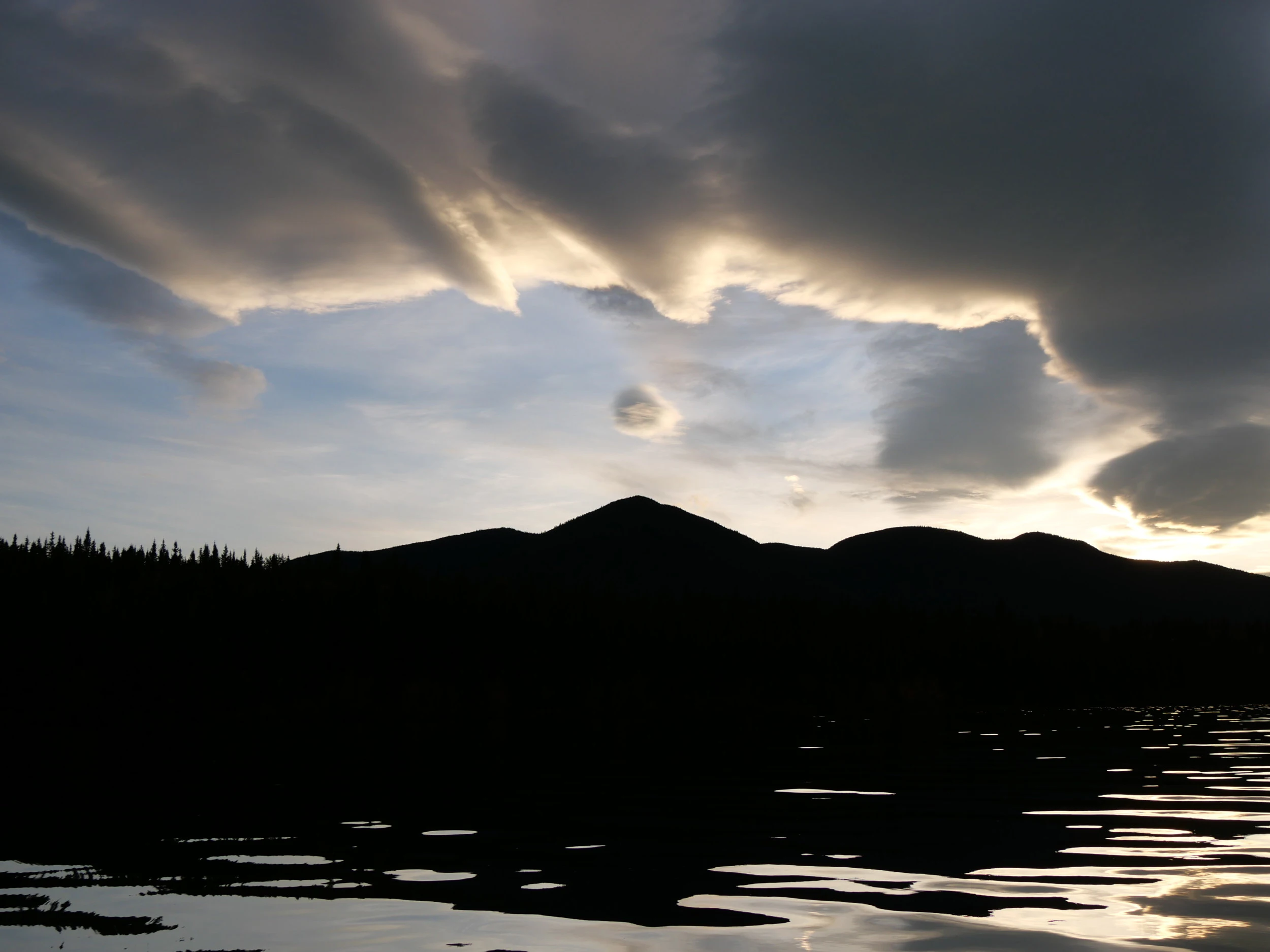Over the previous 4 days, I have shown you how some changes to civic land-use legislation can help rebuild the grasslands around our houses, while protecting us from climate change in the Okanagan. The grassland can be rebuilt on a progression leading from lichen to rock to flowers to insects to birds to sagebrush, and today some deer. Don’t worry, the grass is coming next. We call it a grassland not because grass is the foundation of the landscape but because it is its crown and, with a little human help, holds it all together. First, though, we have to make the way for humans, and for that we have a team. First, deer make trails across the slopes, always at the easiest angle. They cut them into gravel, dirt and clay, and then use them for generations.

Second, coyotes follow them. In short, both predator and prey use the same trails every night, but it’s the deer who make them.

Along the way, bucks tear at sagebrush, knocking it back (This winter, I found an antler dropped in one of these tussles), and the whole herd nibbles at the nourishing seedheads and stalks of flowers, on the buds and fruits of flowering bushes, and at the seedy fronds of big sage. Grass is a minor part of a deer’s diet.
Deer, however, have a vital role to play in grass, even though they only eat it when it is young and succulent, as they were doing a couple weeks back. Their role is to clear trails, then to walk them in the snow, knocking grass seeds of with their knees, which catch the sun, warm and melt down through the snow, to sprout before the snow has even left. In this way, trails fill in with grass and deer move to the side,tilling more ground and keeping the grass fresh for birds and to hold water so the slopes do not erode. Any erosion is done by the deer themselves, and makes trails.

The only way that bears, coyotes and humans can get through the jumble of grass, bluffs, cliffs and tumbled slopes is to follow the deer, because they always find the best path. On steep slopes, the bunchgrass guides where deer place their trails (always with a bunch of grass to hold it up) by always pushing them to the side. The deer pass uphill an the trail is born. Because bunchgrass is evenly spaced (the baskets of their roots just touch, so they can pass water between them), they present an angled grid. The main deer trail above has been in place for many generations. Temporary forage trails branch off at nearly every 25 degree angled line, effectively flattening the slopoes while tilling and renewing the grass everywhere. In short, deer seed the grass that provides them with a foothold, while holding water in place as well.The result of this intricately webbed landscape is that it is prepared for small rodents and hawks and for human travel. Main trails, the ones used by coyotes, are pounded flat by coyote feet.

Side trails are friable, holding human feet from slipping in wet weather and gentling the slope enough to make it habitable by humans in search of food. In turn, coyotes keep the deer herd healthy and humans burn the grass to encourage spring greens, keeping it young and fresh and keeping space open for the balsam roots, that deer need.

And those balsam roots, of course support all life here, humans, deer, birds, insects and rodents and through them the top predators, snakes, eagles, hawks, cougars, coyotes, wolves and bears.

This is how a grassland traditionally works. As we move into grasslands with out houses, we have to legislate all the things that deer need, so that the land is kept in balance. It has always been the role of humans here to assist. Now is no different. Although fire is no longer our main tool for tilling the land, a good pair of clippers goes a long way. The goal is not a mammoth flush of sage, as in the image above, but a steady state that can last thousands of years, with the capacity to absorb catastrophic change. The depth of that capacity can viewed quite easily: 150 years of grazing has led to the scene above. There is still a bear there. There are still a few flowering plants, and still a few birds and thistles. It is old and tired but it has lasted this long under great abuse. It is now waiting for the most natural thing of all here: fire. It will either be catastrophic, causing massive damage and displacing tens of thousands of people, or we can start to manage it right now, by clearing sage and planting flowers. Either way we look at it, we are the fire. Apocalypse is a choice I advise turning from.
Categories: First Peoples, Grasslands, Open Agriculture















I know you’ll write more about the bunchgrasses, but this note for now: some of them hold their nutrition when dry (like the fescues), so that the deer (and bighorns where present) can eat dried grass and get high nutrition in the winter. If, on the other hand, the grass has been grazed heavily in the summer. . . .
LikeLike
They don’t touch them here. Only the green hearts. I even checked online. I will have to look into this further.
On Fri, Jan 14, 2022 at 6:51 AM Okanagan Okanogan wrote:
>
LikeLike
I looked a little further, but it seems that bighorn sheep eat many grasses, but I couldn’t find much about deer eating grass, so maybe I extrapolated from sheep to deer. I’ll ask a local biologist if he can direct me to more sources.
LikeLike
I’ll update this post in a few days after working through the info you so kindly sent my way. Thanks! Harold
LikeLike